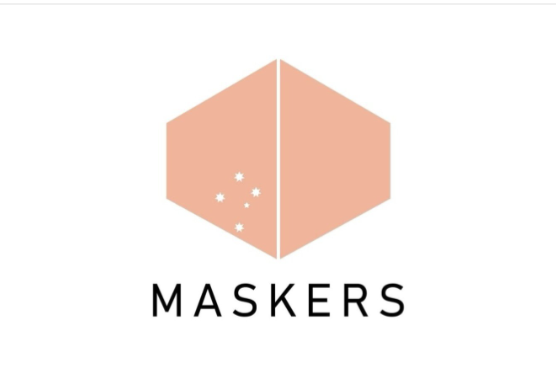

Access comprehensive educational materials, guides, and updates on respiratory protection standards for aged care facilities.
Essential documents to help you implement and maintain an effective respiratory protection program.
Official CDC/NIOSH guidance on respirator fit testing procedures, protocols, and requirements for healthcare workers.
Detailed protocols and procedures for conducting qualitative and quantitative fit testing according to OSHA standards.
Comprehensive comparison of qualitative and quantitative fit testing methods, including advantages and applications of each approach.
Comprehensive guide to professional mask fit testing services, including testing methods, requirements, and best practices.
Complete guide to mask fit testing solutions, including equipment selection, testing procedures, and compliance requirements.
Comprehensive guide to quantitative fit testing procedures, equipment usage, and best practices for accurate results.
Stay up-to-date with the latest standards and regulations for respiratory protection in aged care.
A comprehensive summary of the Australian Standard for Selection, use and maintenance of respiratory protective equipment.
A detailed guide to respiratory protection requirements under the Aged Care Quality Standards.
An overview of WHS regulations related to respiratory protective equipment in healthcare settings.
Find answers to common questions about mask fit testing in aged care facilities.
According to Australian standards, mask fit testing should be conducted at least annually for all staff who are required to wear respiratory protection. Additionally, testing should be repeated if there are significant changes to the wearer's facial features (such as weight loss/gain, dental work, or facial surgery) or if a different make, model, or size of respirator is introduced.
Qualitative fit testing is a pass/fail test that relies on the wearer's sensory detection of a test agent (such as saccharin or Bitrex). Quantitative fit testing uses specialized equipment to measure the actual amount of leakage into the respirator, providing a numerical fit factor. For healthcare settings, especially in high-risk environments like aged care during infectious disease outbreaks, quantitative testing is generally preferred for its objective measurements and higher accuracy.
For compliance purposes, facilities should maintain records of fit testing for each employee, including: date of test, type of test performed (qualitative or quantitative), specific make, model, style, and size of respirator tested, result of the test (pass/fail or fit factor), and name of the person conducting the test. These records should be kept for at least the duration of employment plus 30 years according to WHS record-keeping requirements.
Facial hair that lies along the sealing area of a respirator, such as beards, mustaches, or long sideburns, can interfere with the respirator's seal and compromise protection. According to AS/NZS 1715:2009, wearers must be clean-shaven where the respirator seals against the face. Staff with facial hair that interferes with the seal cannot be successfully fit tested with tight-fitting respirators and may need to use alternative respiratory protection options such as powered air-purifying respirators (PAPRs) with loose-fitting hoods or helmets.
If a staff member fails a fit test with a particular respirator, try the following steps: 1) Check for proper donning technique and provide coaching if needed, 2) Try a different size of the same model, 3) Try a different model of respirator that may better accommodate their facial features, 4) If multiple respirators fail to provide an adequate fit, consider alternative respiratory protection options such as PAPRs. Document all attempts and final solutions in the employee's respiratory protection records.
Stay informed about the latest developments in respiratory protection for aged care.
The Australian Commission on Safety and Quality in Health Care has released updated guidelines for respiratory protection in aged care facilities, with new recommendations for fit testing protocols.
Read MoreDiscover the latest innovations in respiratory protection equipment, including new mask designs with improved comfort and enhanced filtration technology.
Read MoreJoin our expert-led workshops on mask fit testing procedures and respiratory protection program management for aged care facilities.
Read MoreOur respiratory protection specialists are available to answer your questions and provide tailored guidance for your facility.